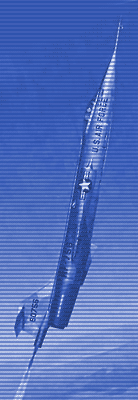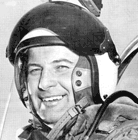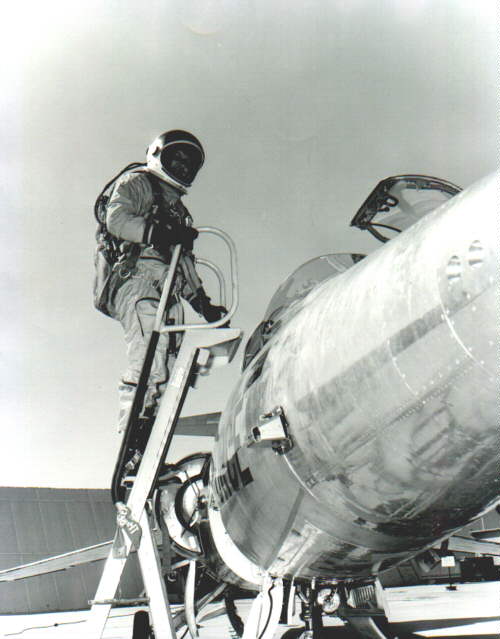The Pilots > home

|
|
|
|
|
|
 |
The Pilots
|
||||
Jack Woodman
Jack F. Woodman became the first to fly and test the AST. He was born in Saskatoon, Saskatchewan, Canada on May 14, 1925 and joined the Royal Canadian Air Force after gradating high school. Trained as and aerial gunner, he shipped to England in June 1944 in the RCAF Bomber Command. He completed 23 combat missions in British built Halifax and Lancaster bombers. He was enroute to the Pacific theater, as a volunteer on VJ day. He left the RCAF shortly thereafter for the University of Saskatchewan’s for associate general-engineering training, but rejoined the RCAF in 1948 for pilot training. Jack graduated as an RCAF pilot and received his wings in November 1948, and was assigned to an Air Rescue Flight in Manitoba and was pilot of the aircraft that sighted a lost Saskatchewan Airways transport, which resulted in safe rescues. Shortly later, Jack flew the longest rescue mission, ever by the RCAF to Patrick Island in the Arctic Ocean to retrieve a stricken American radio operator, on station there. In 195s Jack attended the RAF’s Empire Test Pilots’ School, Farnsborough, England. He had no prior jet time but readily adapted to the old Meteor and Vampires of that time, and 13 other aircraft from the RN’s Seafury to the Lincoln bomber.
His assignment as the RCAF acceptance test pilot to Canadian AVRO Corp led to additional responsibility with de Havilland Canada. He was instrumental in testing the first Canadian designed jet fighter, CF-100 and flew demonstrations at the 1955 Paris Air Show with it. He became project pilot of the Mach 2 Avro CF-105, twin jet interceptor, after spending a year in the F-102A with USAF, including our Fighter-Interceptor School. The Arrow was cancelled after only 60 flights by its 3 pilots and RCAF selected the F-104 as its fighter-bomber in Europe and Jack transferred to Palmdale CA as their Project Pilot, to work with Lockheed on the CF-104 version, which flew August 1961. As a result, he was hired by Lockheed a year later as an engineering test pilot, testing the various models for foreign sales. He was named project pilot for the AST. Jack went on to become involved in Lockheed’s bid for the American Supersonic Transport (SST), until its cancellation, then became a test pilot of the company’s L-1011 TriStar airliner. He had an especially proud period when he became an American citizen in December 1966 and succeeded famous tester, Herman ‘Fish’ Salmon as Lockheed’s Chief Engineering Test Pilot when Fish stepped down after many significant flying accomplishments, not the least of which was an exciting emergency escape, the first with the infamous downward ejection seat, from the F-104, filmed for posterity. After studying management at USC, Jack rose to Division Manager of Commercial Operations. Jack died of cancer on May 16, 1967 and was inducted into the Canadian Aviation Hall of Fame for his contributions to aviation and his skills as a test pilot. Jack was survived by his wife Gladys, son Scott and daughters, Petie and Sally. |

